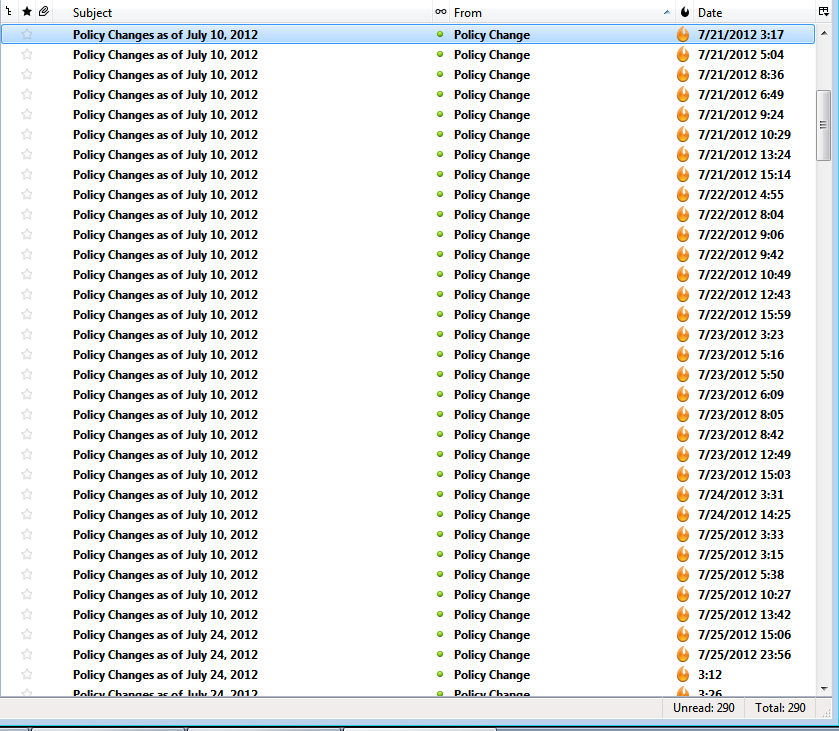Recently added scams
Recent blog posts
- Confirm Your Account (American Express scam email)
- Instagram name change...
- Getting constant messages through your contact form?
- Own A Small Business? Beware Of These Money And Currency Scams!
- Did my bank send me this email or is that a scam?
- Cryptocurrency Scams: Don’t Become a Victim
- Online Customer Loyalty Scheme Or Just A Big Scam?
- Domain Name Scams – What You Need To Know To Protect Your Website And Business
- Saving Seniors from Online Scams
- Insurance Policy Change (July 2012)









